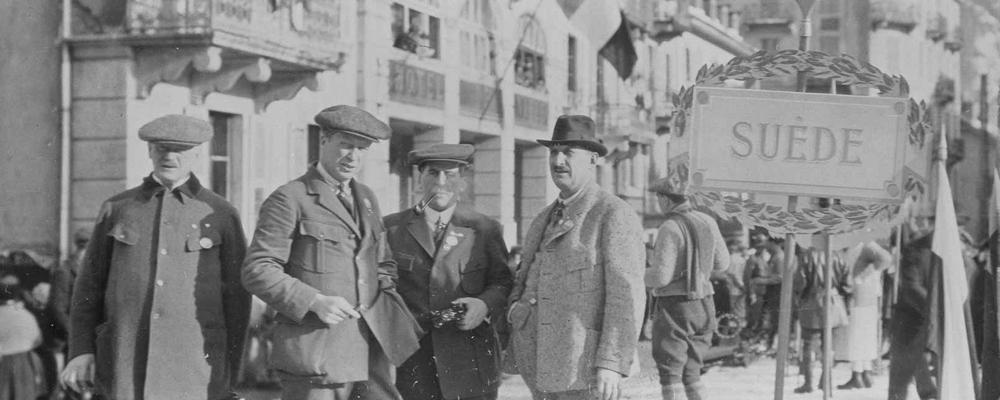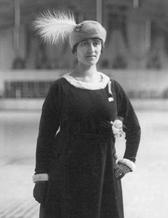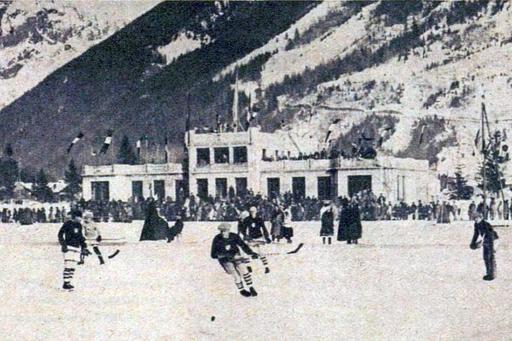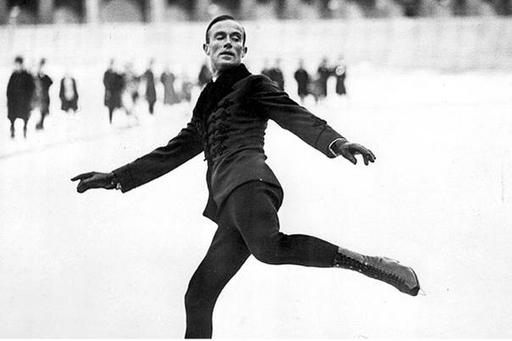The Winter Games – not initially obvious
The Winter Olympics in Peking is the 24th such games. But the road to the first Winter Olympics was long and winding, explains Göran Patriksson, professor emeritus in sport and fitness sciences.

The Winter Olympics in Peking is the 24th such games. But the road to the first Winter Olympics was long and winding, explains Göran Patriksson, professor emeritus in sport and fitness sciences.
French Baron Pierre de Coubertin was behind the proposal to recreate the ancient Greek Olympic games in Athens in 1896. At that time, he had not even considered Winter Games. But that changed when he witnessed the Nordic Games in Stockholm on invitation from Viktor Balck, the Swedish delegate to the International Olympic Committee (IOC).
“The Nordic Games were first organised in 1901 and primarily included winter sports, like ice skating and skiing. Pierre de Coubertin became interested in including some of these sports in the Olympics,” says Göran Patriksson.

The 1908 Summer Olympics in London included figure skating for men, women and pairs. Sweden won all three medals in the men’s competition with the amazing Ulrich Salchow taking the gold (he also won 10 world championships).
Figure skating was also included in the 1920 Olympics in Antwerp along with ice hockey. Sweden won gold in both men’s (Gillis Grafström) and women’s (Magda Julin) figure skating.
“She could be seen still skating in Stockholm at the age of 96, which was also the year she died.”
Several proposals to have separate Winter Games were submitted to the International Olympic Committee.
“But these were opposed emphatically by the Nordic countries, particularly Norway, which felt winter sports were a “Nordic matter”. They pointed to the Nordic Games, Holmenkollen, the European Championships and the World Championships in figure skating and so on.”
In 1924, the Winter Sports Week was organised in Chamonix to honour the upcoming Olympic Games in Paris that same year. Many of the best skaters and skiers from Norway, Finland and Sweden did not participate.
“Instead, many of Sweden’s leading winter athletes attended local district championships, which shows how, initially, it was not considered particularly important to take part in the Olympic Games or, as in this case, the Winter Sports Week.

Thirty-one athletes from Sweden competed. Norway dominated completely, followed by Finland and Austria. Sweden placed sixth.
“The Swedish skiers were handicapped by their ignorance with the alpine terrain and unaccustomed to modern ski equipment in the form of short skies and fixed bindings. They were clearly outcompeted by the Norwegians.
The event in Chamonix was lacking in many ways and fairly improvised. The Swedish athletes were consigned to simple accommodations resembling barracks, while the coaches were offered rooms in first-class hotels in the fashionable ski resort town.

Sweden’s Gillis Grafström won one gold medal in figure skating, the curling team placed second and the ice hockey team came in fourth, since several of the best players preferred to stay in Sweden to play bandy.
However, the “Winter Sports Week” was a success and at such a high athletic level that the IOC decided the next year that the competition would be awarded Olympic status and from then on be held every fourth year as Olympic Winter Games,” says Göran Patriksson, professor emeritus in sport and fitness sciences.
BY: Thomas Melin